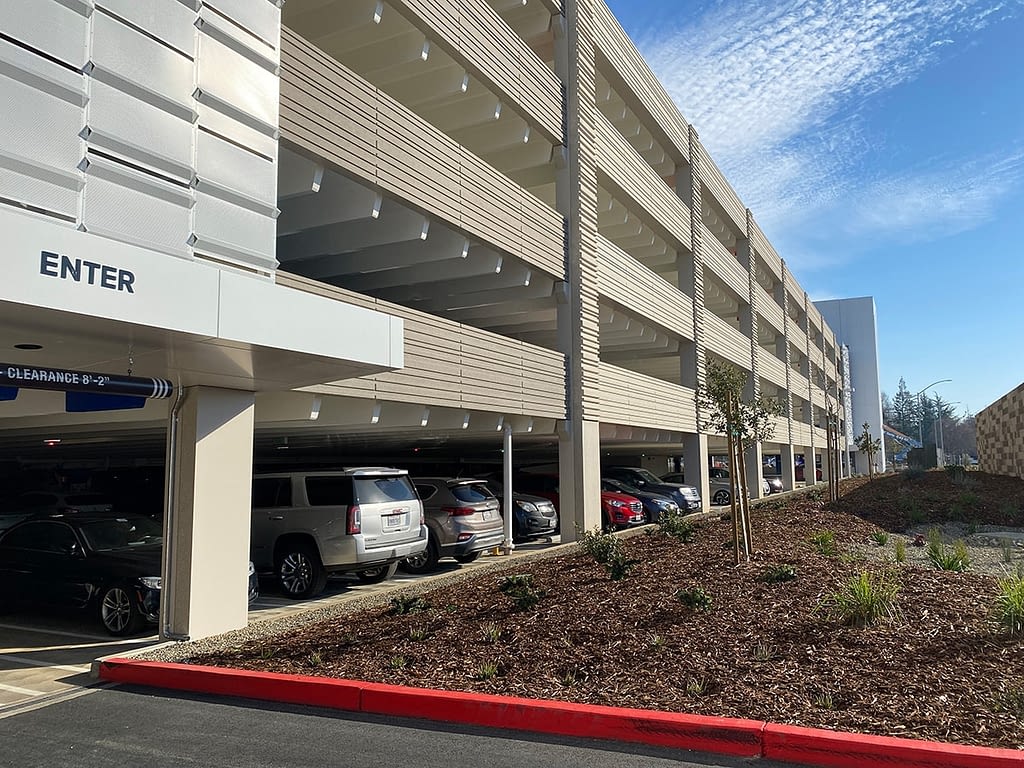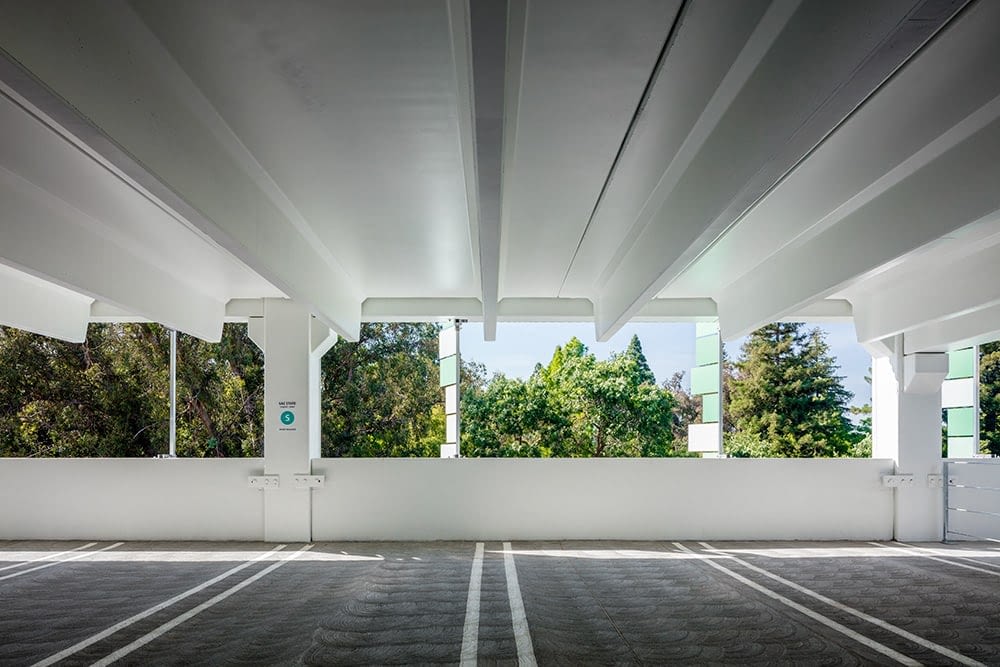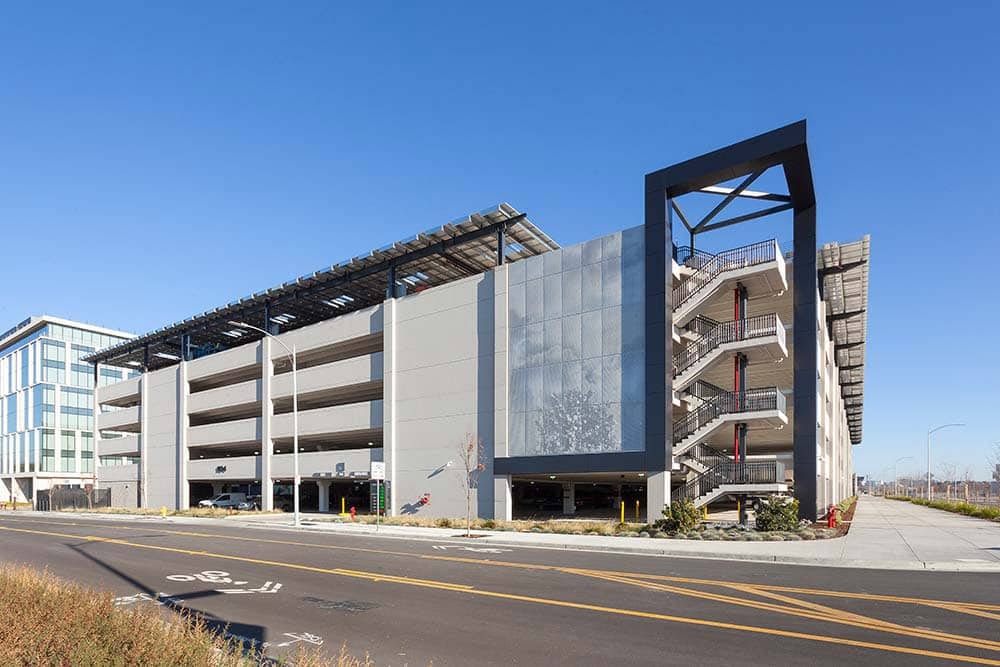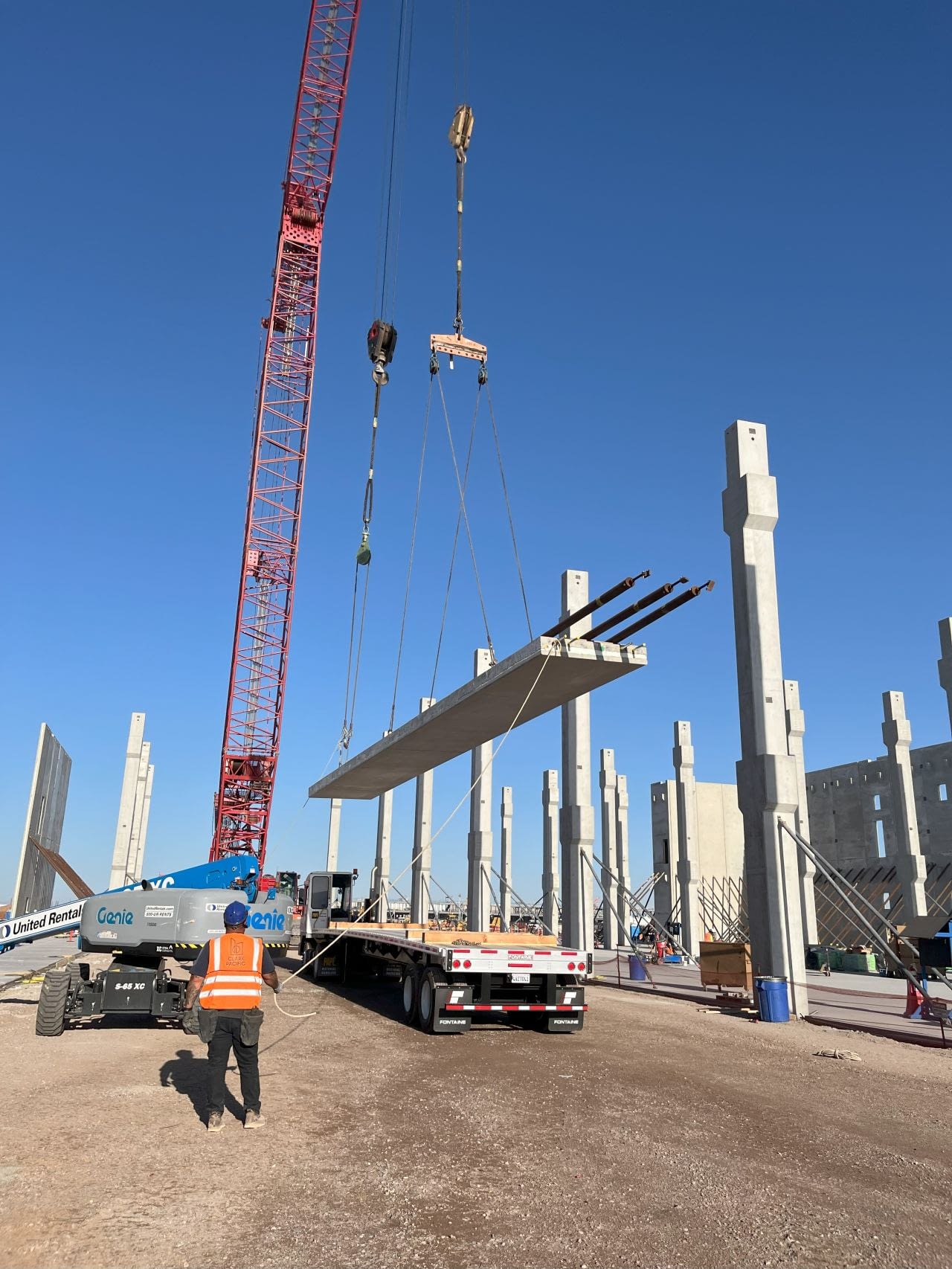Despite the proven benefits of prefabrication, many owners choose cast-in-place construction based on negative misconceptions about the quality and resilience of precast elements. These misconceptions cause owners to miss out on a solution that reduces risk and delivers higher levels of quality than cast-in-place (CIP) structures. With construction material costs rising and labor pressures only growing more challenging, it’s a good idea to take a fresh look at prefabrication.
According to a Dodge Data & Analytics survey, an overwhelming majority of prefabrication users say that it reduces common project risks. 87% say that it increases schedule certainty, and 81% say it improves cost predictability. And it also aligns with goals for sustainability – 81% say it reduces waste generated by consumption.
With unmatched experience in delivering single-source parking solutions, Clark Pacific has optimized our product and processes to deliver these benefits reliably. PARC is our single-source prefabricated parking solution. From pre-design to construction, we offer a compressed schedule, reduced risk, and a five-year warranty to give you peace of mind.
So, with these benefits in mind, is it possible that myths about prefabrication are causing you to overlook a solution that actually checks all the right boxes? Here are some common myths and concerns about prefabricated parking structures and how they don’t line up with the reality of PARC.
Myth: Precast doesn’t perform at the same level of quality as cast-in place.

One of the most common concerns we hear about precast is that it doesn’t perform as well as traditional cast-in-place construction.
Reality
Precast actually outperforms cast-in-place in terms of consistency and durability. For starters, manufacturing the garage elements in a controlled environment allows for better consistency in quality. And precast concrete mixes are stronger than CIP – 6,000 PSI for precast vs 4,000-5,000 PSI for cast-in-place.
Myth: Precast structures are likely to fail in the event of a seismic event

In the wake of garage failures that occurred because of the 1994 Northridge earthquake, many West Coast owners believe that precast parking structures aren’t resilient. However, precast providers have made significant advances since then.
Reality
Clark Pacific uses a Precast Hybrid Moment Frame (PHMF) system to deliver the latest and highest level of seismic-performance technology. The PHMF system is relied upon for structures of all kinds. For example, we’ve worked with essential service providers, such as the City of Roseville in California, to incorporate a PHMF into its city hall annex. We also incorporated a PHMF as part of our PARC solution for CSU Sacramento, giving the school peace of mind that the garage would remain safe for students in case of an earthquake.
The PHMF is capable of self-centering, allowing for immediate re-occupancy after a seismic event. The rebar dissipates energy and provides strength to the joints. Because the system limits design level drifts to less than 1.25 percent, structures built with a PHMF don’t lean after an earthquake. Whereas most structures disperse force through yielding, a PHMF leverages elastic, unbonded post-tensioning to overcome yielding and self-right the structure.
Concern: How can I be confident that PARC is the best solution for me?

This last point isn’t a myth, but it is a common point of hesitation for developers and owners considering PARC. Because PARC is unique on the West Coast, it can be difficult to measure it against your other options.
Reality
In over five decades of experience in prefabrication, we’ve perfected our product. We prioritize all the things that matter most to our clients in our approach:
- Delivering cost certainty early in the process – design decisions are made up front, and there are minimal change orders during the fabrication and construction process.
- Efficiency – our standardized approach enables us to deliver a high-quality product in 30-50% less time than cast-in-place.
- Reliability – we self-perform 35% of the total contract value to ensure cost and schedule certainty on every project.
To see success stories from developers and owners like you, read our case studies.
Experience the reality of PARC for yourself
Parking is a core focus of our business, not just something we offer on the side. Unlike traditional design-build contractors we provide in-house design and pre-construction services. To learn more about PARC, get in touch with us today.



